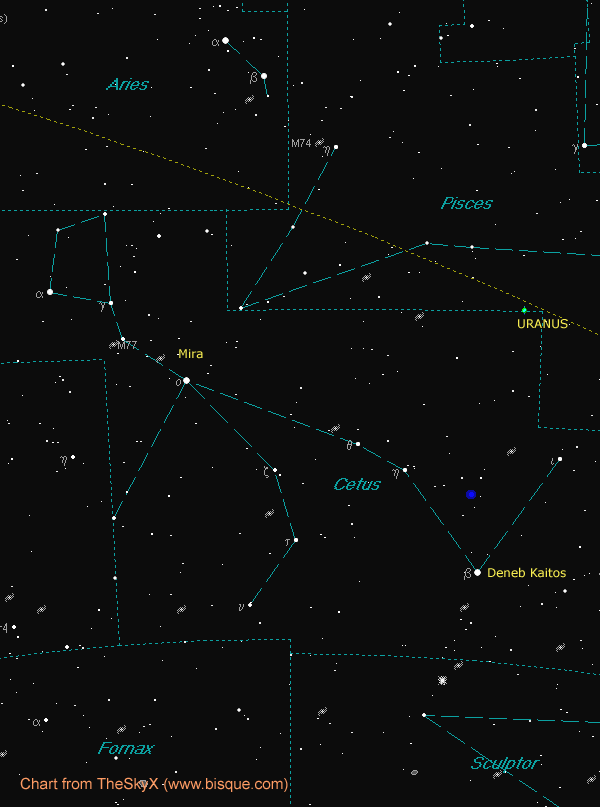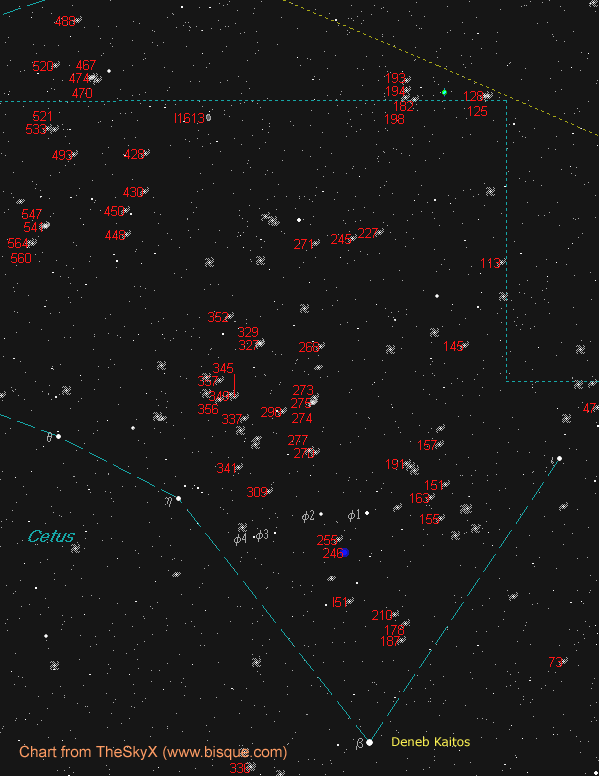Comet ISON’S Last Gasp
The last few days of November saw a combination of excitement and disappointment. It all began with fourteen months of hype and anticipation of how Comet ISON might perform on the November 28 showdown between fire and ice. Its path would take the comet through the upper atmosphere of the Sun – a mere 1.3 million kilometres above the hellish surface. As the hours ticked off on that faithful morning, ISON was in the home stretch of its solar rendezvous and was brightening to a healthy magnitude -1. Thanks to the SOHO spacecraft, we all had a ringside seat for the grand show as by then; it was not safe to look at the Sun visually.
All seemed to be going well until the combination of its velocity of 350 kilometres per second and the Sun’s searing heat was simply too much for the little comet. A sign of the impending doom was soon evident when ISON’s nucleus started to fade before our eye thus signifying the possibility of the comet’s disintegration. As time passed after the predicted perihelion of 1:45 EST, so were our expectations of the termed “comet of our lifetime” would ever be seen again. ISON originated from the Oort Cloud and took about 5.5 million years to reach us.
But just when all was thought to be lost, a tiny fragment emerged from behind SOHO’s occulting disk and then the presence of a small fan-shaped tail, ISON lives on. So here we are a second chance to still photograph a smaller version – a Mini-Me ISON. However, on the 30th came the news the comet had taken a turn for the worst and was dying once again before our eyes. However this time it appears like there is no coming back. It is as if it lived long enough to say goodbye. It was a great show while it lasted.
However, on the rebound, Comet 2P/Encke will be visible in the morning and moving away from the glow of morning twilight and would have been close to ISON if it survived the solar encounter. Encke comes close every 3.3 years with its orbit can be slightly affected by the inner planets of our solar system. It comes closest to us every 33 years. On the other hand, Comet C/2013 R1 Lovejoy is still healthy and is currently moving through Bootes and on its way to the keystone of Hercules by the middle of December. It is currently magnitude 4.9 and is naked-eye from a dark location.
Moving to our monthly observations we deal with the Cetus the Whale or Sea Monster. Either way, you picture it, Cetus is large. At 241 square degrees of celestial real estate, this whale is fourth in area. One of its many interesting stars is Deneb Kaitos or the Beta star. Its surface temperature is a few hundred Kelvins than our own Sun. Measuring some 17 times the radius of Sol, this star has now moved to giant status. At a distance of 96 light-years, Deneb Kaitos appears to be one of the brightest X-ray sources within our neighbourhood of stars.

From here, move your scope up a bit more than four degrees till you find NGC 210. Catalogues as a barred spiral galaxy (SaB), this face-on spiral galaxy is estimated to be about 71 million light-years. The stunning feature aside from its distant or two very thin spiral arms is the enormous nucleus. Moving two and a half degrees to the NE of NGC 210 we come across a grand planetary nebula NGC 246. AKA the Skull Nebula, this planetary has a 3 light-year radius containing a 12th magnitude central star and measures about four arc minutes in diameter. The Skull Nebula is an estimated 1,600 light-years from us.
We next look at NGC 145 located to the upper right section of the constellation. This compact spiral galaxy is listed at magnitude 12.7 but only measures 1.8 by 1,5 arc minutes. It does, however, appear to possess an odd set of spiral arms. NGC 145 lays 44 million light-years distant. And before we leave this area, take a look at the planet Uranus just over the border in Pisces.

Two of the brightest beacons of the solar system show themselves throughout the night. First, we have Venus in the west seen minutes after sunset. In fact, Venus will be at its brightest on Dec 6th at magnitude minus 4.9. This is the sweet time to view Venus in a telescope as it is now moving between the Sun and us, thus taking on a phase structure much like the Moon. In fact, on the 6th it will be 26% sunlit. It does sink below the horizon about 7:30 local time.
Then to the east, we have mighty Jupiter when rises about a half an hour after Venus sets. It still holds a good altitude on the ecliptic so these cold winter nights should still be ideal for imaging. As usual consult page 236 of the 2013 Observers Handbook for a complete list of Jovian events from eclipses to transits of satellites and shadows.
These are a couple of meteor showers on tap for this month. First, we have the Geminids slated for the night of the 13/14. This shower is expected to produce some 120 meteor her hour. Burning up at a slow 35 km/sec, the Geminids are the most graceful of all the showers. The only problem is the full Cold Long Night Moon occurs on the 17th. On the night of the shower, the waxing gibbous moon will be 95% lit and will definitely reduce numbers. But still, bundle up and head out for at least an hour to experience the Geminids. The shower begins after sunset.
We also have the Ursids peaking on the 21/22 with only about 10 meteors seen per hour which occasionally soar to 50. Their speed of 33 km/sec should still make a find show – if you wait long enough. At least the Moon will be a bay. Lunation 1125 new moon is Dec 3rd. And the dreaded season of winter in the Northern Hemisphere officially rings in on the 21st at 17:11 UT. After this, the days will appear to be getting longer.
And finally with Christmas just around the corner if you plan to purchase your first scope or buying one for a family member or friend, please stay away from the department and camera store telescopes. The prices might seem attractive but these gifts might not perform as advertised. Stay away from flashy packaging promising Hubble style colour images. To get the most of your purchasing dollar and to enjoy your scope, look up a local telescope dealer. They are in the business of astronomy are extremely helpful.
May you all have a safe and happy holiday season.
Until next month, clear skies everyone.
